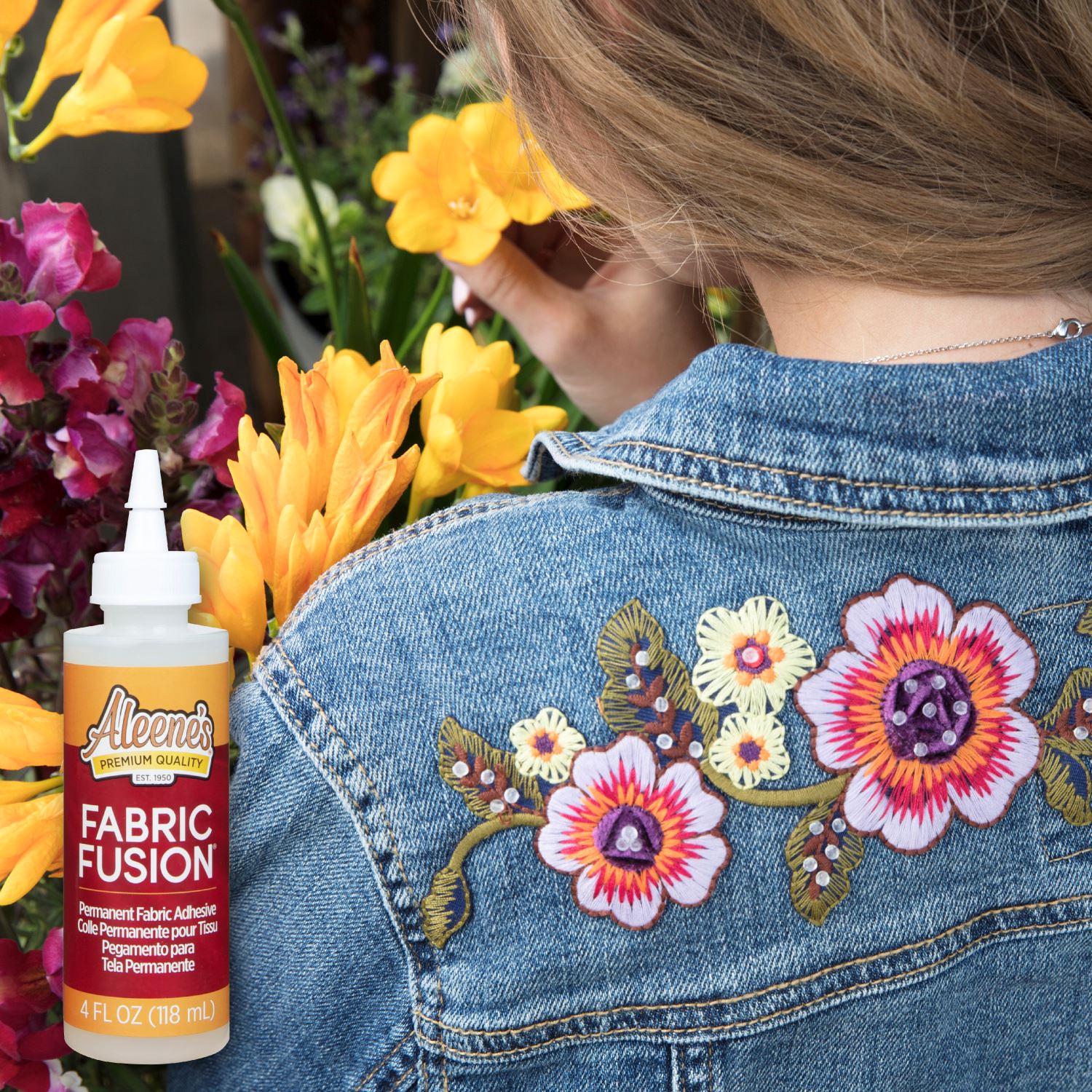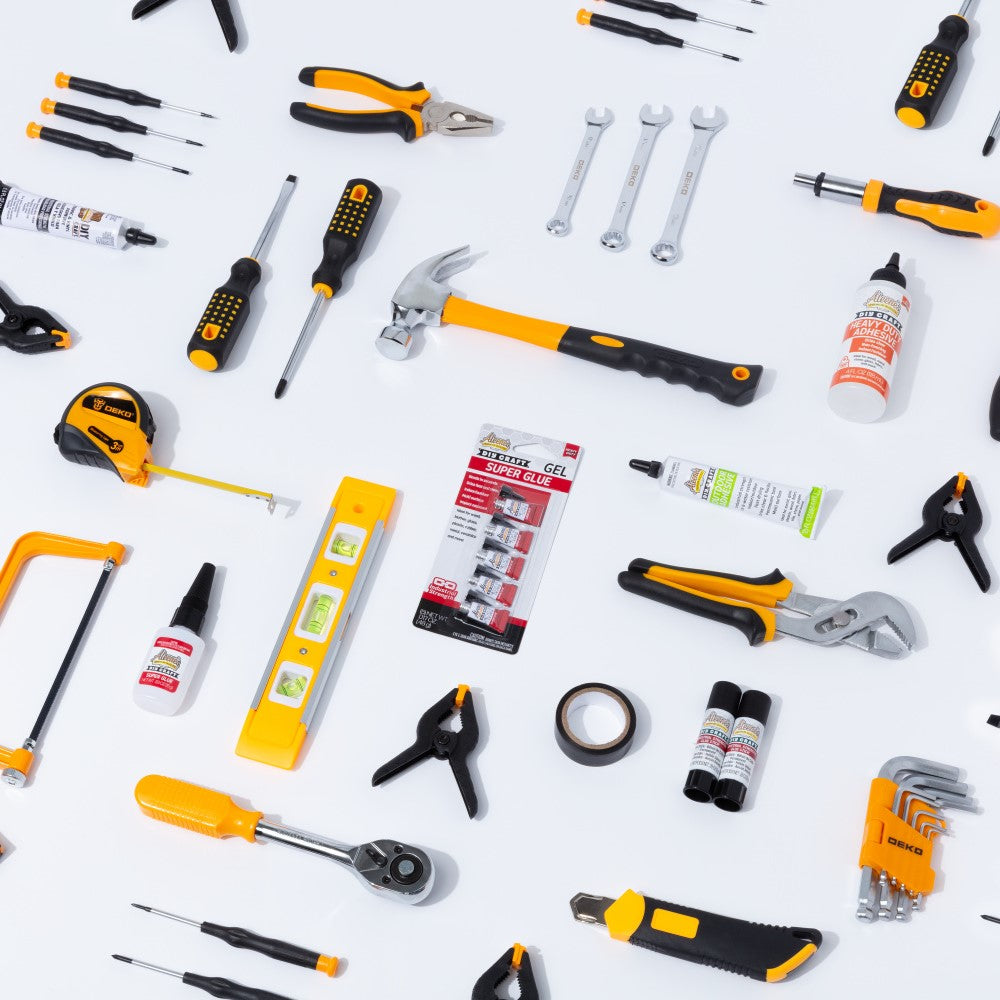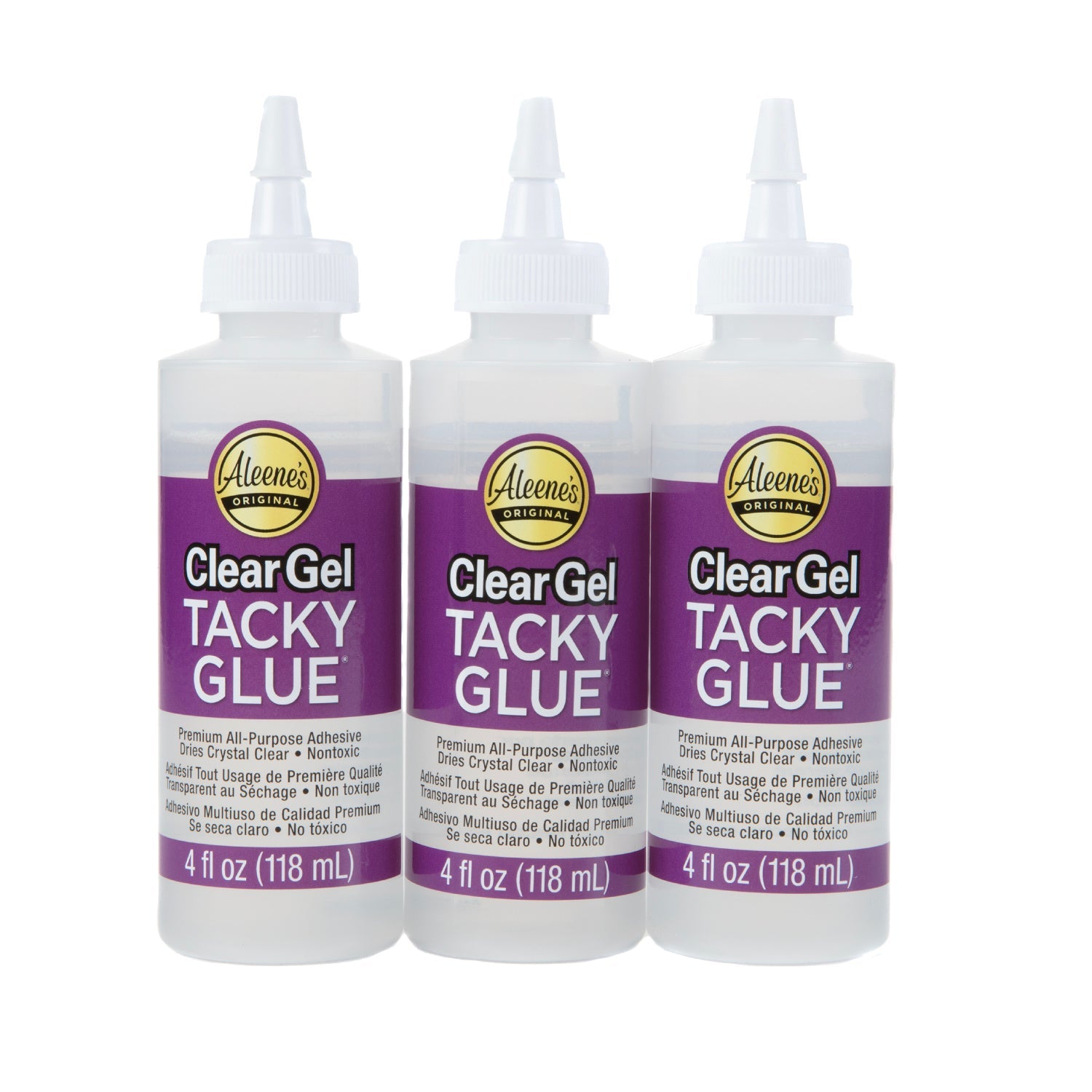DIY Cat Shaped Smart Phone Holder from Wood
I absolutely love cats. Whether they be the real fluffy deal or an object created in the image of a cat, I'm going to be absolutely in love with it. So when I was tasked with creating a smart phone holder out of wood it seemed only natural that it would take the shape of one of my favorite animals, the kitty cat.
Now I'll be the first to admit that this isn't a quickie craft. As you can probably tell from the ever changing backgrounds of the process photos for this tutorial creating your own wooden cat smart phone holder will span across a few days. Now you won't be working 24 hours a day for 3 days, by any means, but in order to allow The Ultimate Adhesive to cure and wood putty to fully set we need to give our project time to sit and set.
While it might seem daunting, this is my very first experience using a jigsaw, and I have to say, it wasn't nearly as difficult as I had imagined. If this is also your first turn with the tool I'd highly recommend watching YouTube videos to get comfortable with how the tool works, preparing your wood for cutting and all of that good stuff. I'd also suggest definitely working with a thicker plywood as the thinner stuff shakes and shimmies making it more difficult to control the tool and get a nice, smooth cut. Also remember that with a little bit of elbow grease and sandpaper an imperfect shape might be turned into something perfectly good, so don't toss your cut without giving it a bit of time with the sandpaper to see if it actually is a viable piece for the project.
What you need:- Aleene's The Ultimate Adhesive
- .75" plywood of decent quality
- .25" square dowel
- 1" square dowel
- Jigsaw
- Free pattern
- Drill and .25-.5" wood bit
- Craft knife/wood carving knife
- Wood Putty
- Sand Paper
- Paint or Wood Stain

Print your free pattern (yours looks a little bit different than mine) and cut out the body of your cat using a jigsaw and decent quality plywood. The tail acts as a stabilizer for the stand and the image in the pattern is just a guide that will have to be modified to the body of your cat.
Also, I created this pattern to go with my iPhone 6s in a Speck Hard Candy case. It is quite possible that your phone might be larger or thicker requiring modification to the size of the holder's body or the width of the lip. You'll need to allow your phone enough room on the lip to sit at a slight angle so it will remain on the stand easily. If your phone tries to sit straight up and down, you'll have it tipping forward regularly and not staying put which is no good. Print the pattern and, if necessary, modify it to fit the specifications of your phone WITH your case as this can lead to a great deal of variation.

Cut your wood dowels to fit the width of your cat's body. The body of my cat was 3.75" on the money but, after much practice no 2 of my body shapes were exactly the same, so yours might be slightly different requiring the need to measure and cut accordingly. These pieces will form the lip of your holder where the phone will rest.
 Place your large wooden dowel piece on top of the bottom of your cat's body and mark the center across both pieces using a ruler. Run a pen or pencil to mark the dowel's top edge.
Place your large wooden dowel piece on top of the bottom of your cat's body and mark the center across both pieces using a ruler. Run a pen or pencil to mark the dowel's top edge.  Now we're going to create a hole for your phone's charging cord to come up through the back of the holder and up through the lip that holds the phone in place. Using a .25" wood bit drill a hole as close to the line you marked for the edge of your lip, right in the center of this area. Once cut, test the hole to make sure that it is large enough for your phone's cord to run through.
Now we're going to create a hole for your phone's charging cord to come up through the back of the holder and up through the lip that holds the phone in place. Using a .25" wood bit drill a hole as close to the line you marked for the edge of your lip, right in the center of this area. Once cut, test the hole to make sure that it is large enough for your phone's cord to run through.  Hold the larger dowel piece back up against the cat's body and trace through the hole onto the towel. Using a .5" wood bit drill a hole that comes close to, but does not come through the bottom of the piece.
Hold the larger dowel piece back up against the cat's body and trace through the hole onto the towel. Using a .5" wood bit drill a hole that comes close to, but does not come through the bottom of the piece.  Using a craft knife or wood carving tool remove the excess wood to create a hole that runs down almost to the bottom of your dowel piece. For this, the deeper the better as this is where the box of your charger is going to sit beneath the lip. If this area is too shallow, your cord will protrude through the dowel and your phone won't be able to sit on the lip.
Using a craft knife or wood carving tool remove the excess wood to create a hole that runs down almost to the bottom of your dowel piece. For this, the deeper the better as this is where the box of your charger is going to sit beneath the lip. If this area is too shallow, your cord will protrude through the dowel and your phone won't be able to sit on the lip.  Wood might accidentally split and splinter on you but that is easily remedied. If you find yourself with wood that needs to stay intact coming apart on you, apply a small amount of The Ultimate and push the piece back in place. Remove the excess glue that seeps out.
Wood might accidentally split and splinter on you but that is easily remedied. If you find yourself with wood that needs to stay intact coming apart on you, apply a small amount of The Ultimate and push the piece back in place. Remove the excess glue that seeps out.  Keep the piece of wood together by whatever means necessary, a pair of grips can work really well depending on the size and shape of your piece. You can also stack heavy items on something larger like hard cover books if the grips won't work for the size and shape of your piece to mend. You'll need to give this several hours to fully cure, I suggest grabbing a coffee and reading a few chapters of your favorite book because this is as good an excuse as any for a break! :) Or, if you're in a hurry like I always seem to be, you can grab another piece of wood and try again!
Keep the piece of wood together by whatever means necessary, a pair of grips can work really well depending on the size and shape of your piece. You can also stack heavy items on something larger like hard cover books if the grips won't work for the size and shape of your piece to mend. You'll need to give this several hours to fully cure, I suggest grabbing a coffee and reading a few chapters of your favorite book because this is as good an excuse as any for a break! :) Or, if you're in a hurry like I always seem to be, you can grab another piece of wood and try again! 
Creating a project and tutorial, for me, can be kind of a learning process for me. You can see above that my divot for the phone's charging cord just barely reaches over half of the dowel and I wound up having to go back and fix this which was such a pain. You want to get this area as close to the bottom as possible without compromising the strength of the piece, NOT as shallow as mine is.
Now this area might be jagged from drilling and boring the space out. Sandpaper is difficult to get in the area so we're going to instead smooth out the area with wood putty. Place a small dab of putty inside of the hole and use your finger to smear it around the shape. Use slightly damp fingers to smooth the putty for a nice finish.
 Take your .25" wood dowel and apply a thin line of The Ultimate adhesive to one side and allow a moment to get tacky.
Take your .25" wood dowel and apply a thin line of The Ultimate adhesive to one side and allow a moment to get tacky.  Push your pieces together as you see above and allow to dry, at least a few hours.
Push your pieces together as you see above and allow to dry, at least a few hours. 
Once your lip is well set apply a small amount of adhesive to the front, bottom of your body piece taking care to spread the glue almost to the edges and near the hole for your cord for a tight, secure fit.
 Piece your lip and body together and wipe away the excess glue. Allow to dry, at least several hours, while standing. Placing this piece on a silicone craft mat (or even parchment paper) is good because the adhesive won't stick to it and you don't have to worry about gluing your new phone holder onto your table before it's even finished!
Piece your lip and body together and wipe away the excess glue. Allow to dry, at least several hours, while standing. Placing this piece on a silicone craft mat (or even parchment paper) is good because the adhesive won't stick to it and you don't have to worry about gluing your new phone holder onto your table before it's even finished!  Next you'll use the jig saw to cut out a tail shape for your holder. The tail is going to give our stand even more sturdiness allowing it to stand upright easily. Try as I might, I could not work up a perfect pattern with the tail shape exactly as you need to cut it, instead I've created the closest I can to what worked most of the time. You'll use this shape (inside of the body piece on your pattern) as a guide to cut a piece to fit your body. First cut out the rounded shape but do not cut out the rectangular shape to hold the body just yet. Take the body and place it on top of this tail shape and make sure that in your placement the back, smaller curve does not cover up the hole for your charging cord. With the body on top of the tail, trace the body's shape and trim up with your jigsaw. Cut along to just outside of the pen line to give you a little bit of wiggle room when putting these two pieces together.
Next you'll use the jig saw to cut out a tail shape for your holder. The tail is going to give our stand even more sturdiness allowing it to stand upright easily. Try as I might, I could not work up a perfect pattern with the tail shape exactly as you need to cut it, instead I've created the closest I can to what worked most of the time. You'll use this shape (inside of the body piece on your pattern) as a guide to cut a piece to fit your body. First cut out the rounded shape but do not cut out the rectangular shape to hold the body just yet. Take the body and place it on top of this tail shape and make sure that in your placement the back, smaller curve does not cover up the hole for your charging cord. With the body on top of the tail, trace the body's shape and trim up with your jigsaw. Cut along to just outside of the pen line to give you a little bit of wiggle room when putting these two pieces together.  Slide your tail onto the body's shape and take a moment to make sure everything works as needed... Does the phone fit within the lip at a slight angle or do we need to make it wider? Honestly at this point I had to scrap my first "prototype" as I'm still really new to woodworking and pattern making. The good news is the amount of wood used for this project is tiny and so after purchasing a 2x2' piece of plywood and standard length dowels I had plenty of wood to remake this 4-5 times over if I needed to. If, like me, you're still learning with power tools and wood projects know that it might not turn out perfectly the first time, but it's a great learning experience that will mean the next go 'round will be even easier!
Slide your tail onto the body's shape and take a moment to make sure everything works as needed... Does the phone fit within the lip at a slight angle or do we need to make it wider? Honestly at this point I had to scrap my first "prototype" as I'm still really new to woodworking and pattern making. The good news is the amount of wood used for this project is tiny and so after purchasing a 2x2' piece of plywood and standard length dowels I had plenty of wood to remake this 4-5 times over if I needed to. If, like me, you're still learning with power tools and wood projects know that it might not turn out perfectly the first time, but it's a great learning experience that will mean the next go 'round will be even easier!  Plywood is made of multiple sheets of bonded wood layered and glued together. If using a good quality oak or birch plywood sheet, which I strongly recommend, this is sandwiched between pieces of smooth veneer to make it look pretty and acceptable for projects like furniture. The nature of this is along the edge where cut the wood will likely not be perfectly smooth, sometimes even missing chunks. To keep this nice and neat and looking like one solid, smooth piece of wood, take a trace amount of wood putty and using damp fingers run it around the edges and seams of the piece to give a nice, smooth edge. Don't worry about perfection... after allowing this to dry using very fine grit sandpaper you can make the edges perfectly smooth.
Plywood is made of multiple sheets of bonded wood layered and glued together. If using a good quality oak or birch plywood sheet, which I strongly recommend, this is sandwiched between pieces of smooth veneer to make it look pretty and acceptable for projects like furniture. The nature of this is along the edge where cut the wood will likely not be perfectly smooth, sometimes even missing chunks. To keep this nice and neat and looking like one solid, smooth piece of wood, take a trace amount of wood putty and using damp fingers run it around the edges and seams of the piece to give a nice, smooth edge. Don't worry about perfection... after allowing this to dry using very fine grit sandpaper you can make the edges perfectly smooth.













